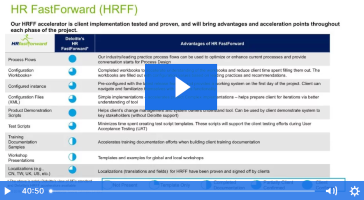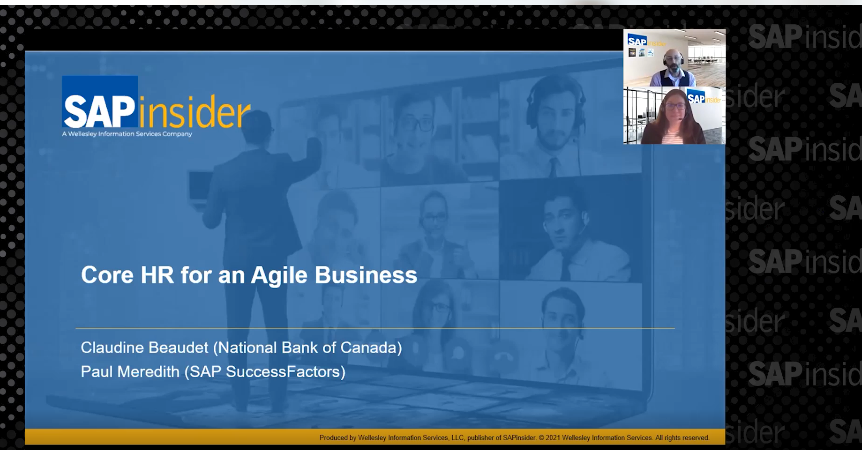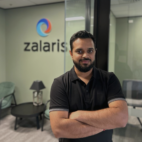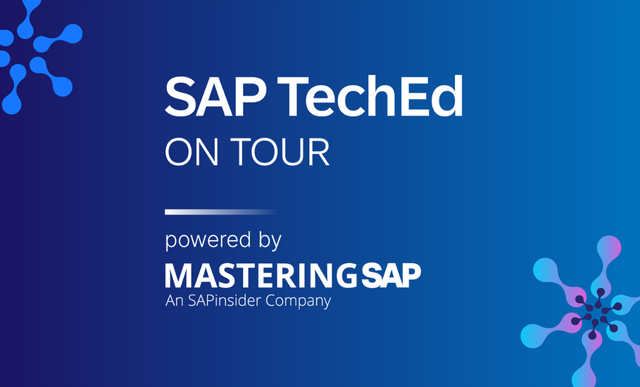Women in SAP Technology Spotlight
Birgit Starmanns, Global Head of oCFO COE Thought Leadership Strategy and Programs for Finance and Risk, SAP
Birgit Starmanns answers questions about her experiences as a woman in tech, shares her view on the importance of diverse perspectives, and offers career advice for other women in the industry.
Q: What spurred your interest in the technology industry? Were there any specific motivating factors?
As a liberal arts major at The College of William & Mary in Williamsburg, Virginia, I discovered technology through one computer class in the last semester of my senior year. I found computers to be a fascinating tool to accomplish tasks; for example, if I made an error in an English paper that was due the next morning, I could just fix that one error on the computer and print the paper out again — as opposed to what I did all three prior years, which was retype a full page, or more, on a manual typewriter. That philosophy of computers as a tool continued to help me in my MBA studies.
Explore related questions
Q: What do you like best about your career, responsibilities, and opportunities?
If I were to write the ideal role description for myself, my current thought leadership role would be it. It allows me to look at trends and find unconventional ways to link ideas, as well as how our solutions support them. It affords me the opportunity to work across other teams, which makes working on initiatives a truly collaborative effort. And it offers many new ways to convey these ideas — as the dissemination of information has moved from the traditional white papers to include blogs, videos, and social media.
The ability to work globally with other regions and cultures has been extremely valuable. I am originally from Germany, so the opportunity to connect back to my homeland on occasional business trips there, and now the online collaboration, has been very special on a personal level. It also keeps my language skills fresh, since I speak and write in German every day.
I am also able to apply the various skills that I learned in my different roles within SAP, including creating best practices solutions; engaging with customers and analysts in solution management and solution marketing; and engaging with sales, pre-sales, customers, and partners in my role with the Center of Excellence.
Q: Which of these skills have you found to be most helpful in getting you where you are today?
Communication skills have been the biggest factor in helping me throughout my career, including helping me with writing, presenting, and interacting with teams. Communication relies on clarity, storytelling, and knowing your audience.
When I started out in consulting, communication concentrated on working with project teams on the customer side, from leading detailed requirements-gathering workshops to designing the configuration, then conducting training to ensure teams understood the “how and why” of what we had set up in the system. And at SAP, my collaboration occurred on many levels, both internally and with customers. Communicating with executives requires the ability to roll up details into a “big picture.”
Communication with development requires a more granular, technical level of detail. And in between are finance and risk business teams that thrive on understanding all the functional and process details. Communication between teams as they work together is critical to ensure we are all working toward the same goal, and each audience and team requires a different communication style and focus.
Q: Do you see the number of women entering the technology space increasing?
Today, it is more common for women to study technology in college, and so more women are entering the workforce in an area that has historically been male dominated. The pervasiveness and ease of access to technology has become the great equalizer. But degrees no longer need to be in IT. Many millennials — both men and women — have grown up with the latest and greatest apps and equal access to technology, which eliminates feelings of fear and uncertainty around using IT. Culturally, it has also become more accepted for women to make their own choices, such as whether or not to go back to work after having children.
Q: Why is it important today for organizations to have diverse perspectives, and what can they do to improve in this area?
Different perspectives allow for the creation of more diverse and innovative ideas. Having a variety of concepts that teams collaborate and build on can lead to non-traditional plans of action, products, and messages, which, in turn, can result in a competitive advantage.
Companies need to honestly evaluate their organizational behavior. This means not just creating a policy of creating equal opportunities — it is living that policy. Implementing training programs that go beyond such a statement of direction is a first step. But a culture of diversity and inclusion must remain a constant focus and be ingrained on a day-to-day basis.
In my opinion, when hiring employees, organizations should view candidates holistically, not merely based on gender or other diversity categories. Women should have the same opportunities as men, and while a woman should not be denied these opportunities just because she is a woman, in parallel she should not be promoted solely because she is a woman.
Q: In today’s climate especially, why is it important to have empathy/human connection/people at the center?
Everyone is under a lot of stress, many working from home for the first time with family members also working from home, needing care, or needing home schooling. But there have been some benefits. For example, instead of audio-only conference calls, it is now more common to use platforms where we can stream videos and actually “meet” others virtually, but still face to face, which creates a better connection. Knowing that diverse teams from across the globe are all facing the same environmental, economic, and social issues, and are here to support one another, makes a huge difference.
Q: What advice can you offer women who are considering careers in technology that you wish someone had told you when you were starting out?
Do not limit yourself. It is easy to listen to old wives’ tales (pun intended!) of what women can and cannot achieve, how traditional roles are defined, and which roles and industries they “should” or “should not” choose. We have started to move beyond that type of thinking, but we still have a way to go. Technology careers are evolving and do seem to be moving in the right direction more quickly. In my view, keeping a positive outlook, an eagerness to learn, and an open mind to look at many different opportunities will propel you forward.
Prioritizing work-life balance is also important. Over time, I found that making time for family, friends, and personal interests actually makes me more efficient at work, helps me in developing creative ideas, and gives me more energy to tackle new projects. For example, instead of taking two hours to complete a task after midnight — which used to be my inclination — that same task only takes a quarter of that time to accomplish the next morning when I am feeling refreshed, and often results in a better outcome.
SAP Addresses Diversity and Inclusion
SAP has a comprehensive diversity and inclusion program which includes internal training, initiatives that support women and other underrepresented minorities, programs for hiring people with autism, and supporting individuals with special needs, among others. There are more than 80 employee network groups within SAP — for example, the Business Women’s Network, PRIDE, Cultures@SAP, the Black Employee Network, Latinos@SAP, and Pan-Asians@SAP to name just a few.
SAP is also acknowledged as a leader in diversity and inclusion receiving recognition such as the #1 ranking on Forbes’ America’s Best Employers for Diversity 2020 list; a perfect score (100%) on the Corporate Equality Index in 2020 for the seventh consecutive year; a “Best Place to Work for LGBTQ Equality” administered by the Human Rights Campaign Foundation; a 100% score on the Disability Equality Index® (DEI) and a “Best Place to Work for Disability Inclusion” administered by DEI.
SAP has also been named in 2020 and 2019 to the Bloomberg Gender-Equality Index (GEI); selected as a Gold winner for Diversity and Inclusion Award in the 40th annual The Telly Awards; included in the US and Canadian 2019 Best Workplaces for Women list, and the Canadian 2019 Best Workplaces for Inclusion; ranked in the Global Top 100 for Gender Equality by Equileap; named in the 2019 Forbes’ America’s Best Employers for Diversity (Top 10) list; and many more.








